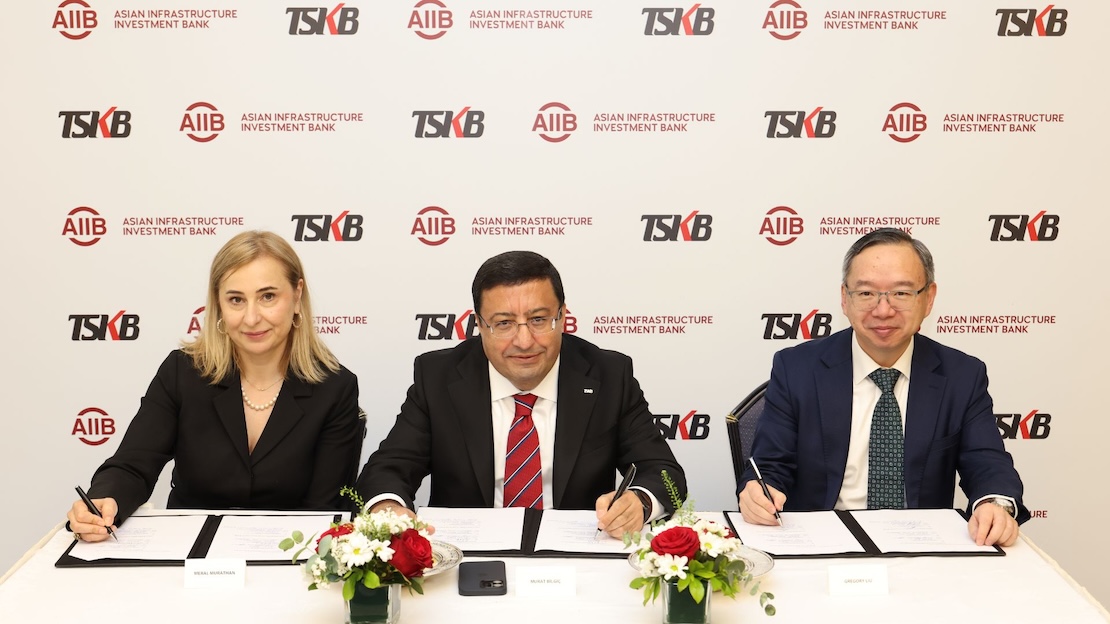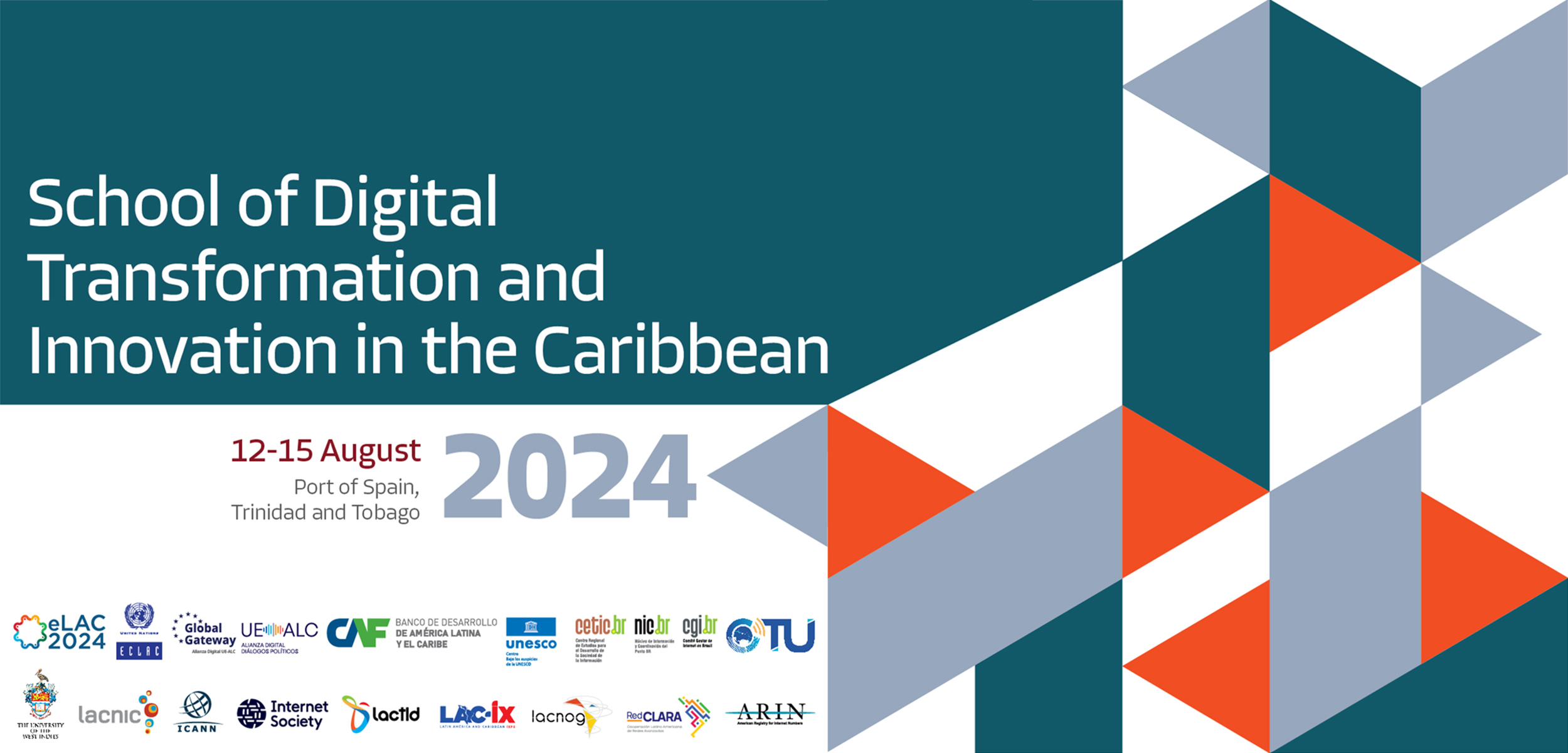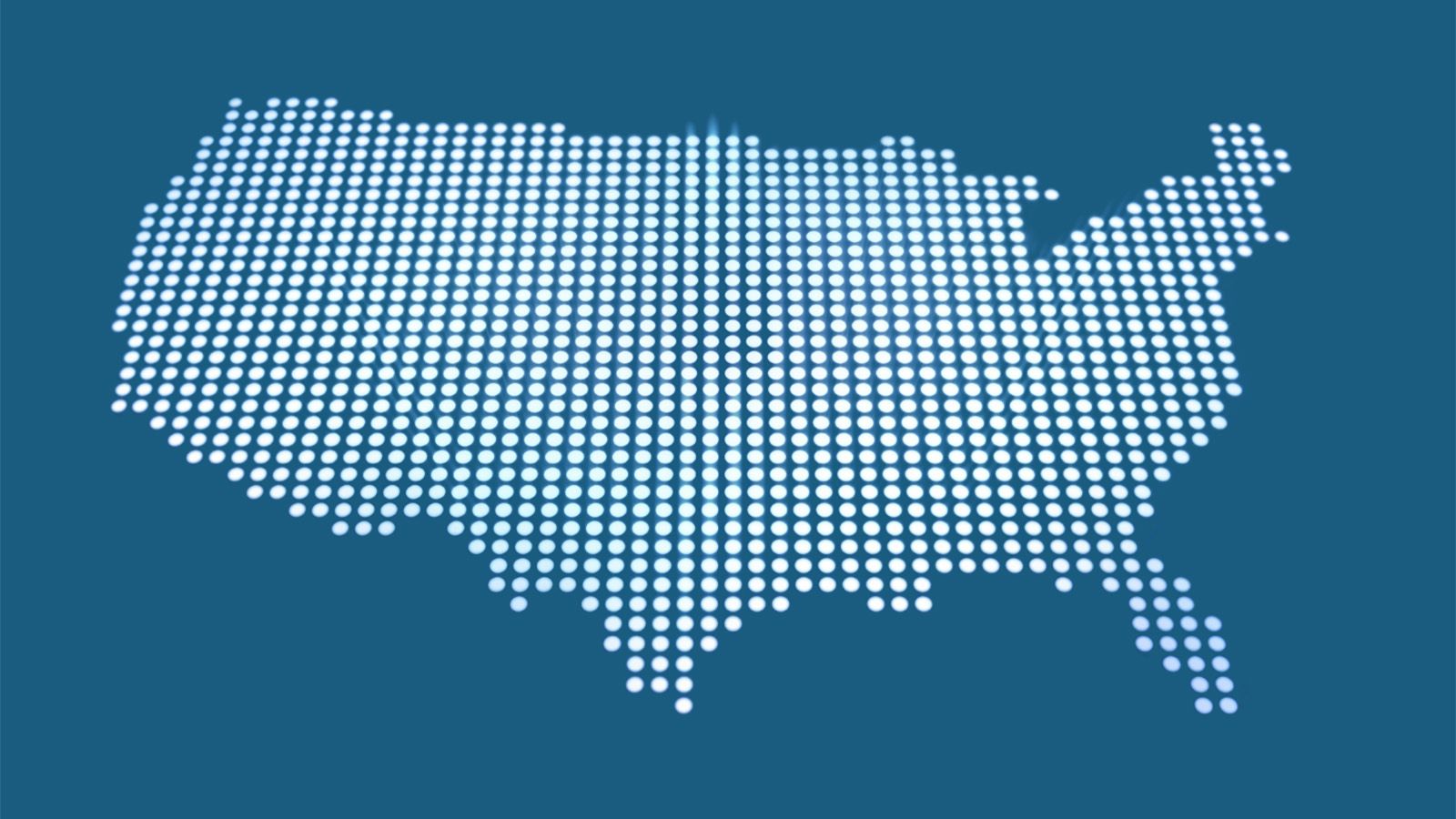Financing Report: YEKA Erzin-2 Hatay Solar PV Project and its Alignment with Sustainable Development Goals
A joint financing initiative by the Asian Infrastructure Investment Bank (AIIB) and the Industrial Development Bank of Türkiye (TSKB) has been established to support the YEKA Erzin-2 Hatay Solar Photovoltaic (PV) Project. This report details the project’s scope, financial structure, and significant contributions to the United Nations Sustainable Development Goals (SDGs).
1.0 Project Overview and Financial Structure
The project involves the development and operation of a 100-megawatt (MW) solar power plant in Hatay Province, Türkiye. It is sponsored by IC Enterra Renewable Energy, a subsidiary of IC Holding.
- Total Financing: USD 65 million in senior debt.
- Financing Partners:
- Asian Infrastructure Investment Bank (AIIB): USD 32.5 million
- Industrial Development Bank of Türkiye (TSKB): USD 32.5 million
- Project Framework: Awarded under Türkiye’s Renewable Energy Resource Zone (YEKA) program, which promotes large-scale renewable energy through competitive tenders.
- Operational License: 30-year license with a tariff indexed to inflation and foreign exchange.
2.0 Contribution to Sustainable Development Goals (SDGs)
The project is fundamentally aligned with multiple SDGs, serving as a model for sustainable infrastructure development that addresses climate, energy, and economic goals simultaneously.
2.1 SDG 7: Affordable and Clean Energy
The project directly advances SDG 7 by increasing the share of renewable energy in Türkiye’s national grid.
- It adds 100 MW of clean solar power capacity.
- It provides a supply of electricity at competitive costs, making clean energy more affordable than energy derived from fossil fuels.
- It supports Türkiye’s long-term energy transition goals and reduces external dependency on imported fuels.
2.2 SDG 13: Climate Action
A primary outcome of the project is a measurable contribution to climate change mitigation, a core target of SDG 13.
- The plant is projected to reduce greenhouse gas emissions by up to 0.6261 tonnes of CO2 equivalent for every megawatt-hour of electricity generated.
- Both AIIB and TSKB have identified the project as a key investment in combating climate change and supporting the transition to a low-carbon economy.
2.3 SDG 8 & 11: Decent Work, Economic Growth, and Sustainable Communities
The project is strategically located to foster economic recovery and build resilience, directly supporting SDG 8 and SDG 11.
- It will create jobs and stimulate economic activity in Hatay Province.
- It contributes significantly to the economic revitalization of a region profoundly impacted by the 2023 earthquakes, demonstrating a commitment to inclusive and resilient development.
- The completion of the project despite the challenges of the earthquakes positions it as a symbol of resilience for the region.
2.4 SDG 17: Partnerships for the Goals
The financing and implementation structure exemplifies the multi-stakeholder collaboration essential to achieving the SDGs, as outlined in SDG 17.
- The partnership unites a multilateral development bank (AIIB), a national development and investment bank (TSKB), and a private sector entity (IC Enterra Renewable Energy).
- This collaboration effectively mobilizes private capital for climate-aligned infrastructure, a key priority for AIIB.
3.0 Stakeholder Alignment and Governance
The partner institutions have missions that are inherently aligned with sustainable development principles.
- AIIB: The project aligns with AIIB’s strategic priorities of financing green infrastructure and mobilizing private capital. It is governed by AIIB’s Environmental and Social Policy and Standards, which include mitigation measures for biodiversity, cultural heritage, and community engagement.
- TSKB: The bank reports that 92% of its loan portfolio is aligned with the UN SDGs. This project reinforces its commitment to supporting green, inclusive, and resilient development across Türkiye through its sustainability-themed financing.
- IC Enterra Renewable Energy: The project expands the company’s renewable portfolio beyond hydroelectric power, strengthening its commitment to Türkiye’s clean energy transition and demonstrating resilience in post-disaster recovery efforts.
Analysis of SDGs, Targets, and Indicators
1. Which SDGs are addressed or connected to the issues highlighted in the article?
- SDG 7: Affordable and Clean Energy – The core of the article is about financing and developing a 100-megawatt solar power plant to provide clean electricity.
- SDG 8: Decent Work and Economic Growth – The project is expected to create jobs and promote economic activity, contributing to the economic revitalization of the Hatay province.
- SDG 9: Industry, Innovation, and Infrastructure – The article describes the development of a new, sustainable, and resilient energy infrastructure project.
- SDG 11: Sustainable Cities and Communities – The project is specifically mentioned as contributing to the economic revitalization and resilience of Hatay, a region impacted by the 2023 earthquakes.
- SDG 13: Climate Action – A key benefit highlighted is the reduction of greenhouse gas emissions, directly addressing climate change mitigation.
- SDG 17: Partnerships for the Goals – The project is a collaboration between a multilateral development bank (AIIB), a national development bank (TSKB), and a private company (IC Enterra), showcasing a partnership to mobilize capital for sustainable development.
2. What specific targets under those SDGs can be identified based on the article’s content?
-
SDG 7: Affordable and Clean Energy
- Target 7.2: By 2030, increase substantially the share of renewable energy in the global energy mix. The article focuses on the development of a “100-megawatt solar power plant” which directly increases Türkiye’s renewable energy capacity.
- Target 7.a: By 2030, enhance international cooperation to facilitate access to clean energy research and technology… and promote investment in energy infrastructure and clean energy technology. The project is a partnership between the Asian Infrastructure Investment Bank (AIIB) and the Industrial Development Bank of Türkiye (TSKB) to finance the solar plant, reflecting international cooperation and investment in clean energy infrastructure.
-
SDG 8: Decent Work and Economic Growth
- Target 8.3: Promote development-oriented policies that support productive activities, decent job creation, entrepreneurship, creativity and innovation. The article explicitly states that “The project will also create jobs and promote economic activity in Hatay Province.”
-
SDG 9: Industry, Innovation, and Infrastructure
- Target 9.1: Develop quality, reliable, sustainable and resilient infrastructure… to support economic development and human well-being. The solar power plant is described as a “symbol of resilience for the region,” especially after the earthquakes, aligning with the goal of building resilient infrastructure.
-
SDG 11: Sustainable Cities and Communities
- Target 11.b: By 2020, substantially increase the number of cities and human settlements adopting and implementing integrated policies and plans towards… disaster risk reduction and develop and implement, in line with the Sendai Framework for Disaster Risk Reduction 2015–2030, holistic disaster risk management at all levels. The project is framed as contributing to the “economic revitalization of Hatay, a region profoundly impacted by the earthquakes in 2023,” which supports building back resiliently after a disaster.
-
SDG 13: Climate Action
- Target 13.2: Integrate climate change measures into national policies, strategies and planning. The project was awarded under the Turkish government’s “Renewable Energy Resource Zone (YEKA) program,” which is a national policy promoting large-scale renewables to meet climate goals.
-
SDG 17: Partnerships for the Goals
- Target 17.3: Mobilize additional financial resources for developing countries from multiple sources. The article details a “USD65-million senior debt financing package” from a multilateral bank (AIIB) and a national bank (TSKB), demonstrating the mobilization of capital.
- Target 17.17: Encourage and promote effective public, public-private and civil society partnerships. The collaboration between AIIB, TSKB, and the private sponsor IC Enterra Renewable Energy is a clear example of a public-private partnership for sustainable development.
3. Are there any indicators mentioned or implied in the article that can be used to measure progress towards the identified targets?
-
For SDG 7:
- Indicator 7.2.1 (Renewable energy share in the total final energy consumption): The addition of a “100-megawatt solar power plant” is a direct, quantifiable contribution to increasing the share of renewable energy.
- Indicator 7.a.1 (International financial flows to developing countries in support of clean energy): The “USD65-million senior debt financing package” from AIIB and TSKB is a specific financial flow that can be measured.
-
For SDG 8:
- Implied Indicator for Job Creation: The article mentions the project will “create jobs,” implying that the number of jobs created (direct and indirect) would be a key performance indicator.
-
For SDG 13:
- Indicator 13.2.2 (Total greenhouse gas emissions per year): The article provides a very specific metric: “the reduction of greenhouse gas emissions up to 0.6261 tonnes of CO2 equivalent for every megawatt-hour of electricity generated.” This is a direct indicator for measuring climate action progress.
-
For SDG 17:
- Implied Indicator for Financial Mobilization: The USD 65 million financing is a direct measure of capital mobilized through partnership for a sustainable development project.
4. Summary Table of SDGs, Targets, and Indicators
| SDGs | Targets | Indicators |
|---|---|---|
| SDG 7: Affordable and Clean Energy |
7.2: Increase the share of renewable energy. 7.a: Enhance international cooperation and investment in clean energy. |
– Addition of 100-megawatt solar power capacity. – USD 65-million in international and national financing for clean energy. |
| SDG 8: Decent Work and Economic Growth | 8.3: Promote policies for productive activities and job creation. | – Creation of jobs and promotion of economic activity in Hatay Province. |
| SDG 9: Industry, Innovation, and Infrastructure | 9.1: Develop quality, reliable, sustainable and resilient infrastructure. | – Construction of a solar power plant described as a “symbol of resilience.” |
| SDG 11: Sustainable Cities and Communities | 11.b: Implement policies for inclusion, resource efficiency, and disaster risk reduction. | – Investment contributing to the “economic revitalization of Hatay, a region profoundly impacted by the earthquakes.” |
| SDG 13: Climate Action | 13.2: Integrate climate change measures into national policies. |
– Reduction of greenhouse gas emissions by 0.6261 tonnes of CO2 equivalent per MWh. – Project implementation under the government’s YEKA program. |
| SDG 17: Partnerships for the Goals |
17.3: Mobilize financial resources from multiple sources. 17.17: Encourage effective public-private partnerships. |
– USD 65-million financing mobilized from a multilateral bank (AIIB) and a national bank (TSKB). – Partnership established between AIIB, TSKB, and IC Enterra. |
Source: aiib.org







